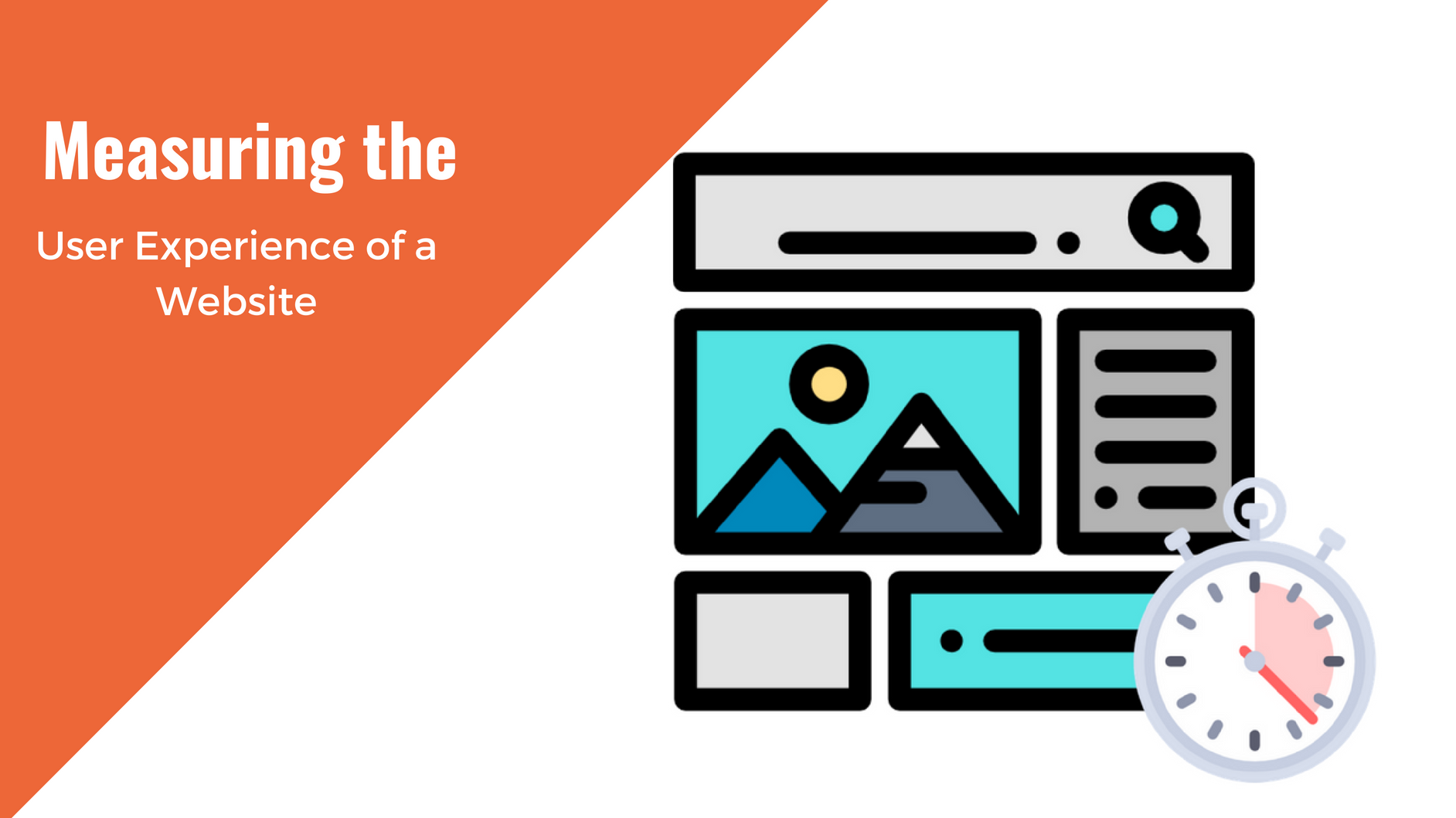A Short Guide To Your Website Redesign Process
Is it time to redesign your website? Consider these points before you begin.
Has it been a little while since you’ve updated the website for your nonprofit or small business? Generally speaking, if your site isn’t mobile friendly or contains one of the other mistakes listed in our previous blog, it may be time to consider a website redesign. Below are some common terms you may come across when planning out your website redesign.
All about the Content
Once you’ve decided it’s time for a redesign, the first step will be to restructure your website’s content. This is done by converting or refining your content management system (CMS). A CMS is a platform where an organization can manage, create, and edit content for their website. The most common CMS’ include WordPress and Drupal. However, it’s crucial to decide which is best for your organization based on cost, ease of use and more.
All about the Users
Once the content has organized, the next step is to make your site easier to find. SEO, or Search Engine Optimization, is a tool organizations use to attract traffic to their websites. If you haven’t already, develop a keyword strategy for your content. Additionally, keeping your website mobile friendly greatly impacts your SEO ranking, especially after Mobilegeddon 2015. If you don’t know where to start, SEO Moz has a helpful start guide.
All about the Clients
Congratulations!
Your content is moving up in the search engine world and your site visitors have converted into clients. Now it’s time to think about throwing out your excel spreadsheet and investing in a CRM or Customer Relationship Management tool. A CRM assists organizations in establishing, nurturing, and developing customer relationships. They also assist with managing the sales process and marketing tasks for clients. Zapier gives beginners a crash course on CRMs and their ability to “help you string together the relationships in your contacts: the messages from the same person, the team of people you’ve talked to at the same company, the person on your own team who knows someone on your client’s team.”
All about the Data
Last- but not least, you should collect, understand, and use data to track your site’s performance. The best way to do this is with the holy grail of data management: Google Analytics. This is a free tool that lets you know how people are getting to your site, how long they are visiting, what resources bring in the most visitors, and more. Business.com has a great introduction article to the boundless world of Google Analytics. By collecting data, you are equipping your organization with the knowledge of what is working and what needs to be fixed.
What systems are your organization using? What the easiest and hardest tasks to complete with them? Let us know in the comment below, or tweet us @amdeellc!
You May Also Like

Having a website is an absolute necessity for any business. Gone are the days when you could simply update your website once and forget about it for months on end. In today’s ever-changing digital landscape it is important to constantly track and measure how well your website performs, as well…
read more >
Thomas Bertram (T. Bert) Lance famously said, "If it ain't broke, don't fix it." Unfortunately, T. Bert Lance couldn’t foresee the future. He didn’t know that over 94% of Americans would be on the internet by 2024. If your website doesn't receive periodic updates or isn't accessible, users can become…
read more >
